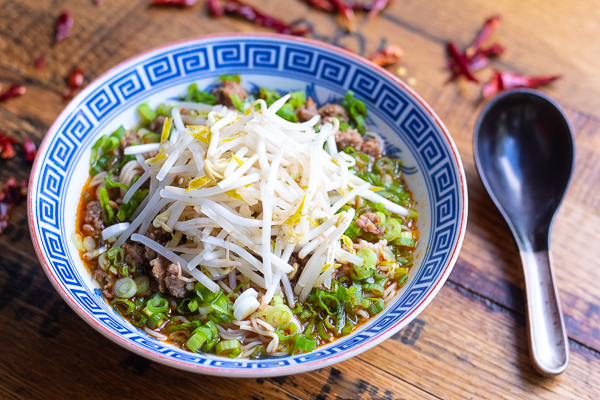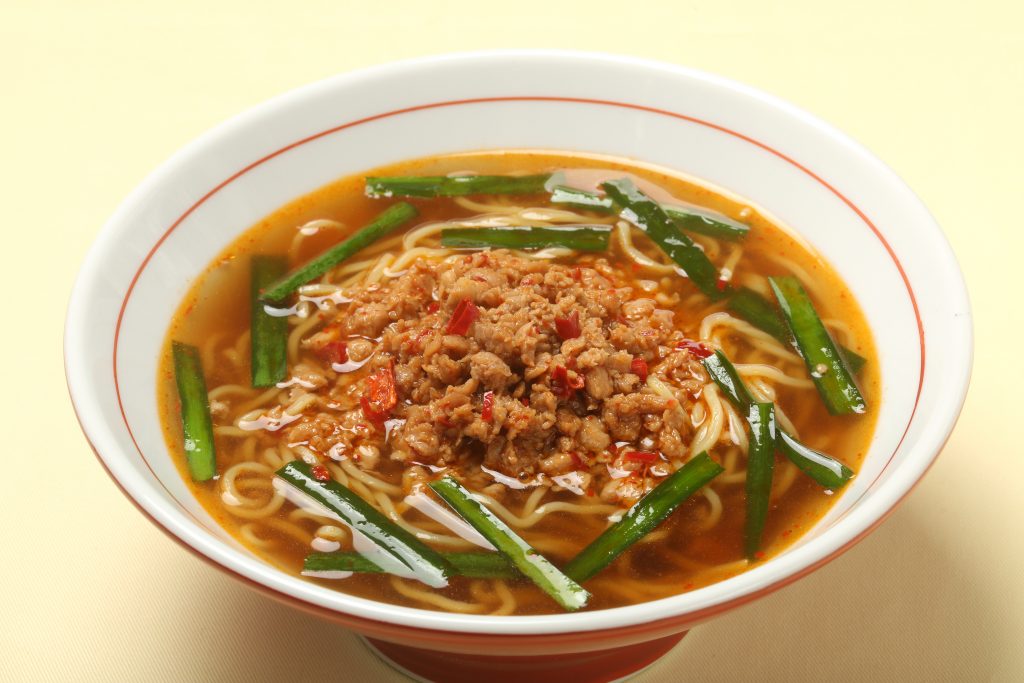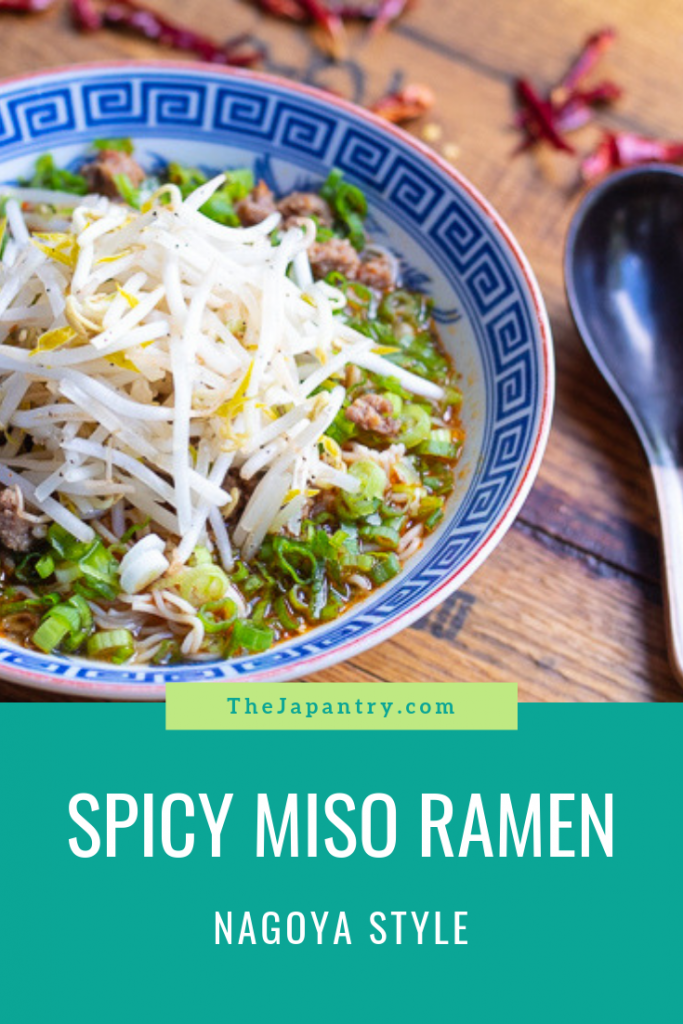Ingredients
Method
- (If you are using fresh bean sprouts): Thoroughly rinse then lightly salt and pepper the bean sprouts. Set it aside.
- In a large pot, brown the meat breaking it up into small pieces, over medium-high heat until meat is no longer pink.
- Add all the ramen broth ingredients to the browned meat. Turn the heat down to low and simmer for 10 minutes, stirring occasionally.
- In the meantime, cook the ramen noodles according to package directions. Drain the noodles and divide them into individual portions into the serving bowls.
- Pour the broth over noodles. Add green onions and bean sprouts (you can rinse the salt off if desired). Serve immediately.






Catherine Sokolowski | 26th Jul 19
I found you from Suzan’s blog It’s My Sustainable Life. I just found her today when I was linking my post to a link party. My Japanese mom passed a couple of years ago and now I regret not paying more attention when she was trying to teach me how to cook Japanese food so I am glad I found your blog. It’s not only that you have some good recipes but you also have other information about Japan in general. I will follow you on Facebook to look for your posts! Nice to meet you!
admin | 27th Jul 19
Hi Catherine. It is so very nice to meet you and I am so sorry about your loss. I can totally empathize: I wish I had paid closer attention to my mom’s cooking as we were growing up. This site is my attempt to capture some of it as much as I’m able to recall although I always feel like my food never tastes as good as my mom’s for some reason! I guess that’s the magic of “mom’s cooking”! Thank you so much for your note! It gives me more reasons to continue to share Japanese related content! Please let me know if there’s any type of recipes you’d like to see!